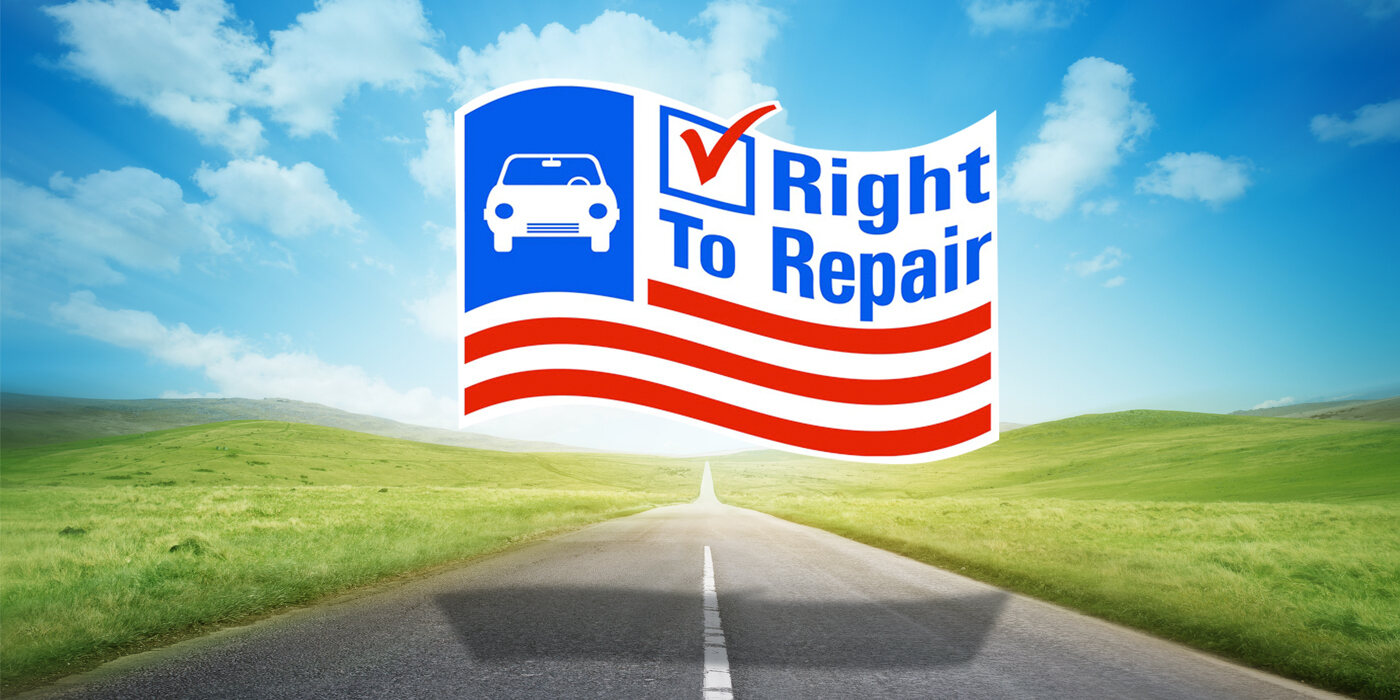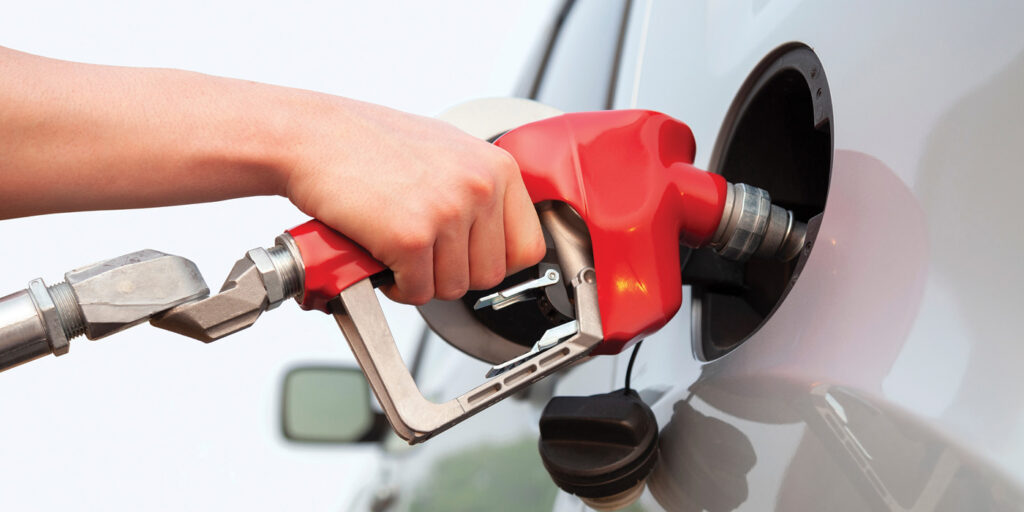By Allen Markowitz and Allan Gerber
As we look at the how our industry changes and evolves, we observe how efficient today’s parts stores have become.
Efficiency can be calculated utilizing spreadsheets and intuitive computer programs to measure Key Performance Indicator (KPI) efficiencies and profitability in all areas of the business.
Some of the areas KPIs measure and analyze are inventory, accounts receivable, overall sales as well as individual salesman’s progress and counter professional productivity. Even a driver’s efficiency is being measured and scrutinized.
At one time, we actually had what was referred to as a “card inventory system.” This system revolved around a table with rows of inventory cards — one for each part number — which were marked “in” or “out” as the part was sold or received.
On a monthly basis, we would look at a line to see if there were enough sales to warrant stocking an extra one or two pieces above our normal inventory levels. Could you imagine doing this today? There were no modern methods of parts sales predictability; we depended on manufacturer analysis and stocking programs. It was not uncommon to be left with too much unsold inventory, which created large annual stock adjustment returns.
Without the aid of today’s computers, bookkeepers manually typed or wrote by hand every invoice or credit for accounts onto a ledger system via a bookkeeping machine, which looked like a small typewriter.
There was no way to accurately measure how effective counterpros were performing. Our most trusted method was the customer asking to speak or not speak to a counterperson. This was a sure tipoff that either the counterpro was too slow or was sending out the wrong parts. Today, parts professionals are measured by the number of calls answered, the dollars they produce daily, as well as the number of lines invoiced.
Outside salespeople would fill in the empty spots on the belt racks, order parts after going through boxes of end flaps, check ignition cabinets and occasionally make a tool sale. Today’s Key Performance Indicators actually allow the sales rep to follow every account live during the month looking at areas such as what lines are being purchased; what percentage of the total sales every line represents (whether individual line purchases are up or down); and where the account stands in overall sales.
These are incredible tools for identifying lines where the purchases are weak. Sales programs are then created utilizing this information to target new business. With all of this opportunity, every salesperson should be a winner.
One thing we find most incredible are the methods for tracking drivers. We thought we were efficient when we utilized Nextel direct-connect phones. Today, invoices are printed with bar codes on them; these bar codes are scanned by the driver as the vehicle is loaded and a delivery out-the-door time is created. The drivers are reviewed for number of deliveries made; time to make the deliveries (the bar code is scanned once again when the driver returns creating an accurate delivery time); and miles driven. A counterpro can then go into the system and let a customer know what time the delivery was made and who signed for it.
Sounds like UPS to us!
One thing we are certain about is that there will continue to be new ways to capture data, which is accumulated from all areas being monitored, perhaps an app on your smartphone.
Allen Markowitz and Allan Gerber operate Auto Biz Solutions, which provides training, marketing, management and business consulting services to both the automotive jobber and independent repair shop.
For more information, go to: www.autobizsolutionsllc.com or e-mail [email protected].













